Options
1982 Penny... Border error?
 pradren
Posts: 17 ✭
pradren
Posts: 17 ✭
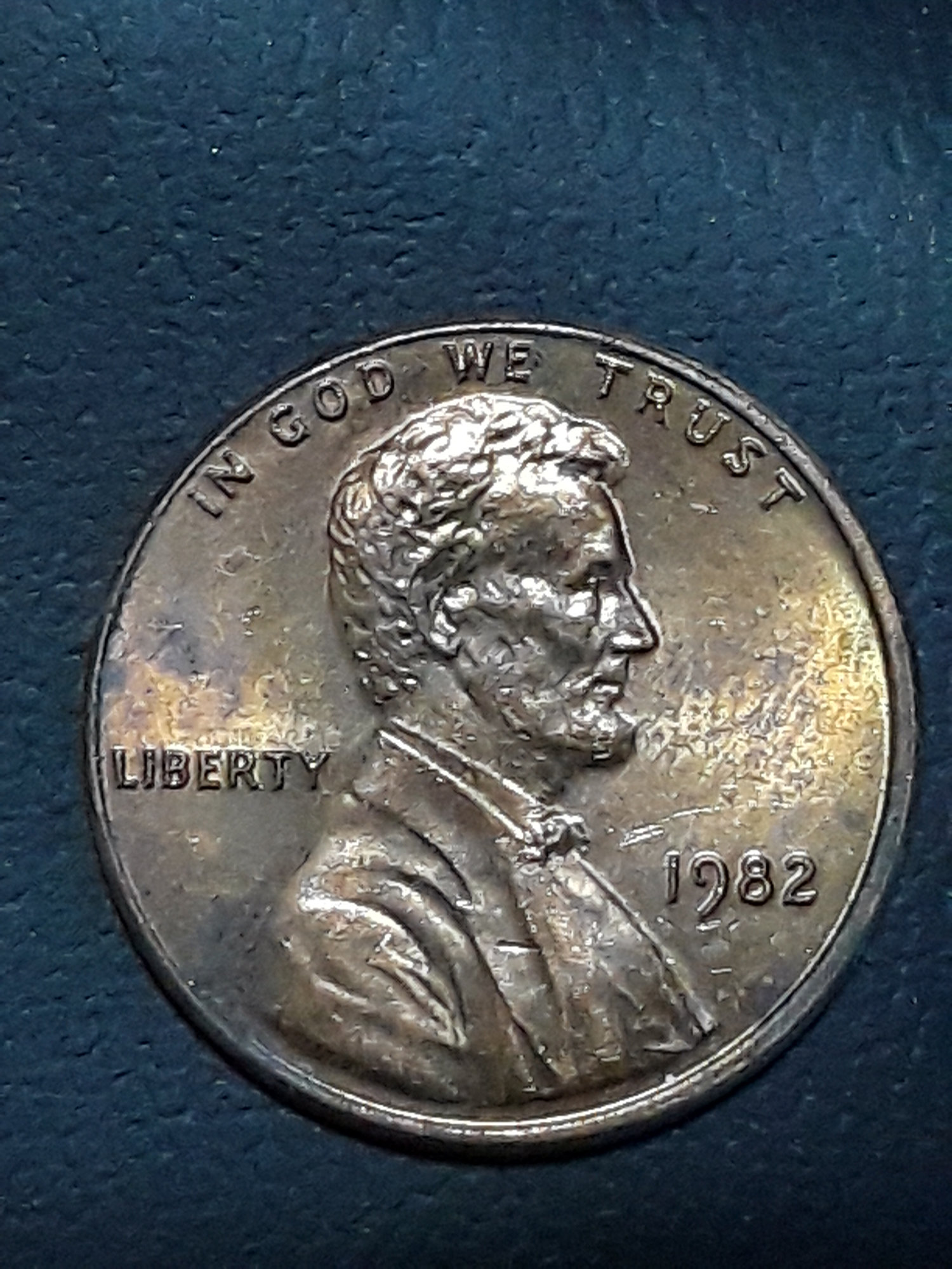
0
 pradren
Posts: 17 ✭
pradren
Posts: 17 ✭

Answers
Assuming the reverse is perfectly normal, your coin has a minor misaligned die. The hammer (obverse) die was not quite centered over the anvil (reverse) die. These are relatively common and typically do not carry any premium unless the dies are so misaligned that part of the design is missing.
Sean Reynolds
"Keep in mind that most of what passes as numismatic information is no more than tested opinion at best, and marketing blather at worst. However, I try to choose my words carefully, since I know that you guys are always watching." - Joe O'Connor
Here's some to look for.
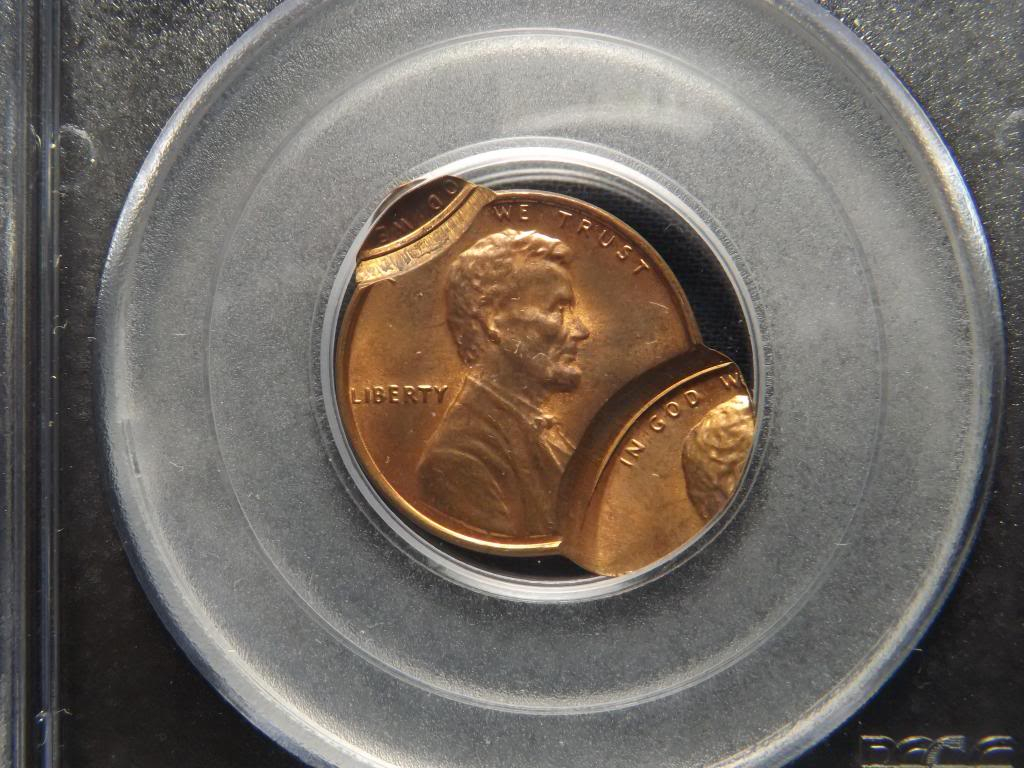
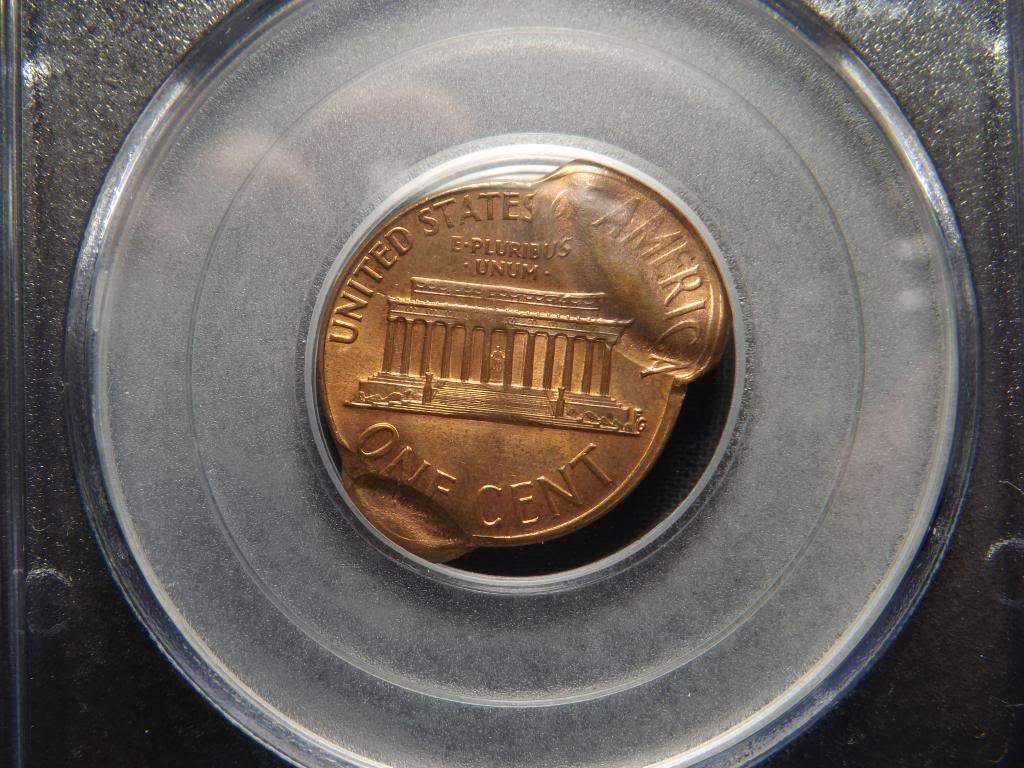
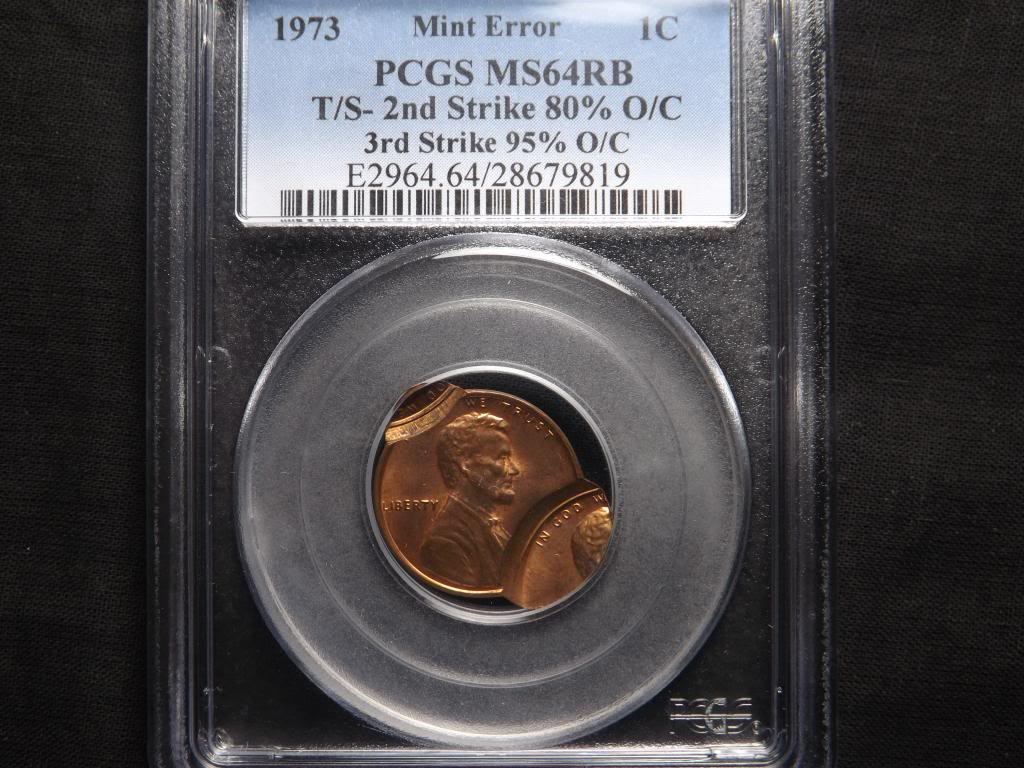
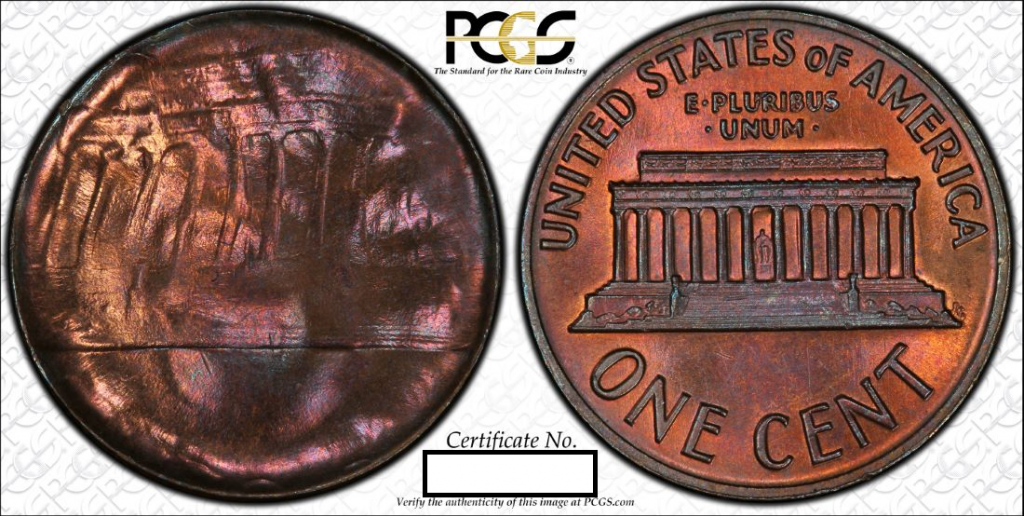
Hoard the keys.
Nice. Thanks
How the heck did they date that cent? I was going to guess 1970s from the looks of it, but is there a date visible under the subsequent strike?
And wouldn't that qualify as "post strike damage"? A perfectly good cent was subsequently damaged after being struck (the first time).
no, not an error
BHNC #203
@pradren...Welcome aboard. That is not an error...very common actually. Slight misalignment of die. Cheers, RickO